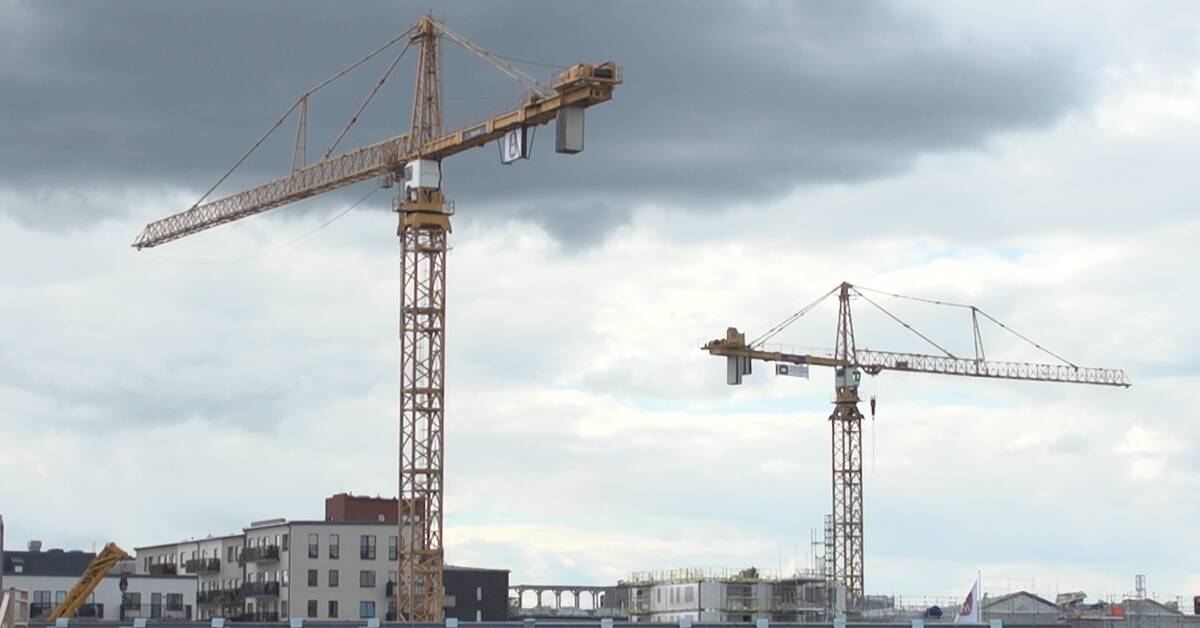There are several reasons for the slowdown in housing construction.
According to Statistics Sweden, material costs increased by 12.2 per cent in April compared with last year.
At the same time, energy and shipping have become more expensive.
Demand is also declining in line with higher interest rates, rising inflation and reduced purchasing power of households.
Fredrik Isaksson is chief economist at the industry association Byggföretagen:
- Right now it is very uncertain about what the prices of different materials will be.
Can we secure deliveries?
The big fear is that much will be postponed to the future.
Several clouds of unrest
The construction companies' economic forecast is concerned about both the cement crisis, materials and weaker household economies.
In 2021, 68,100 homes were started.
This year, 56,700 are expected to start and the forecast for next year is 45,100. A decrease of 34 percent compared with 2021.
- We need customers and we see a risk of decreasing orders for condominiums but also for rental apartments, says Fredrik Isaksson.
May lead to force majeure situation
The government mortgage bank SBAB is seeing the same worrying trend.
- We have seen how producers of single-family homes have raised their prices in the past year.
For apartment buildings, it is more difficult because you are stuck in long contracts between client and contractor and here we can probably see a force majeure situation where there will be a negotiation on how to share the costs in cases where you can not raise the price for consumers, says chief economist Robert Boije at SBAB to SVT Nyheter.
A force majeure situation in a procurement means that the supplier is unable to fulfill its obligations in whole or in part, due to an unpredictable event over which no party has control.
Risk of a double blow to housing construction
In addition to higher material prices, transport, fuel and electricity, increased inflation is seen, which results in weaker household economies.
The situation becomes even gloomier when interest rates are expected to rise.
- If interest rates go up at the same time as cost increases remain, you can talk about a double whammy against housing construction.
Then it is likely that we will see a sharp reduction in the number of new homes started in the future, says Robert Boije.

